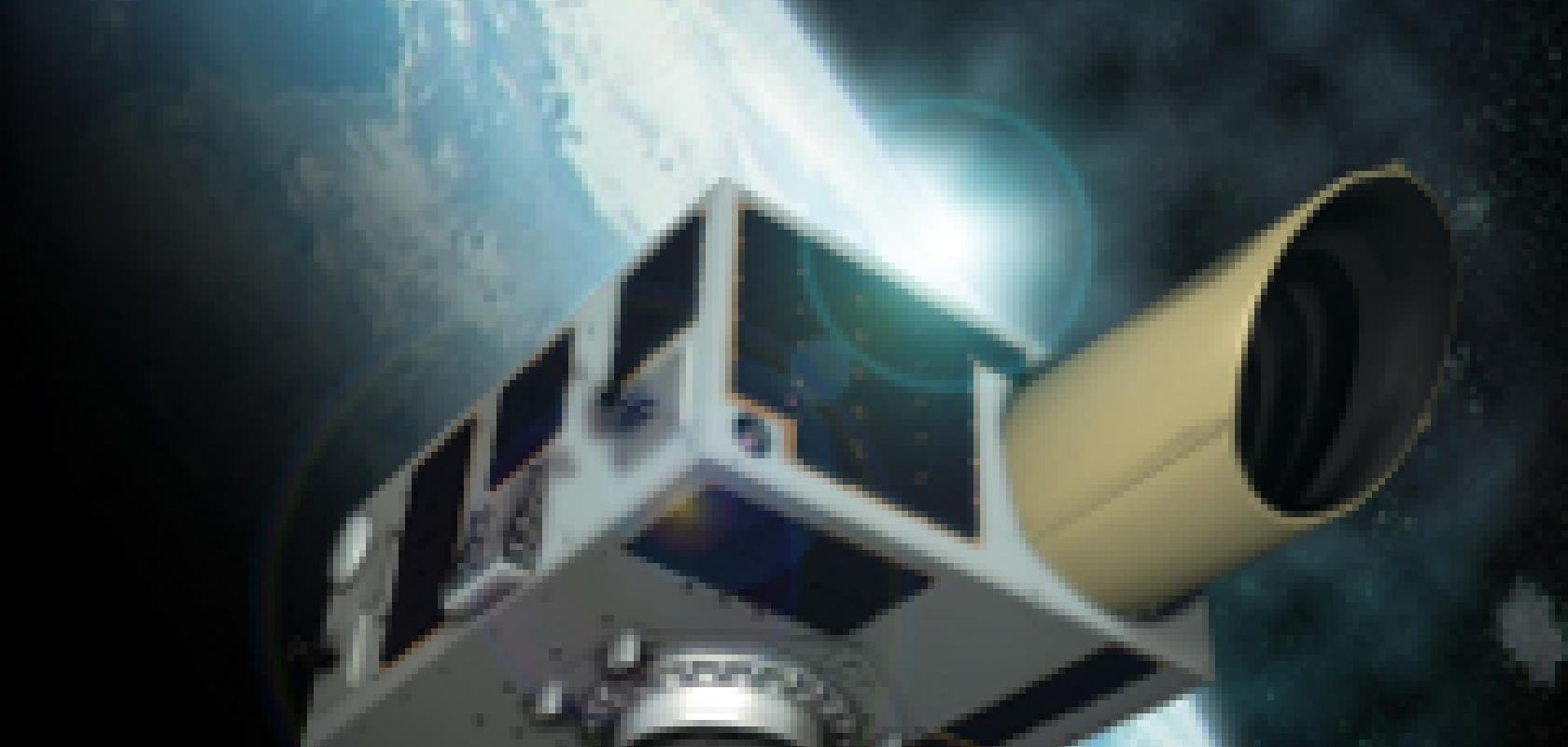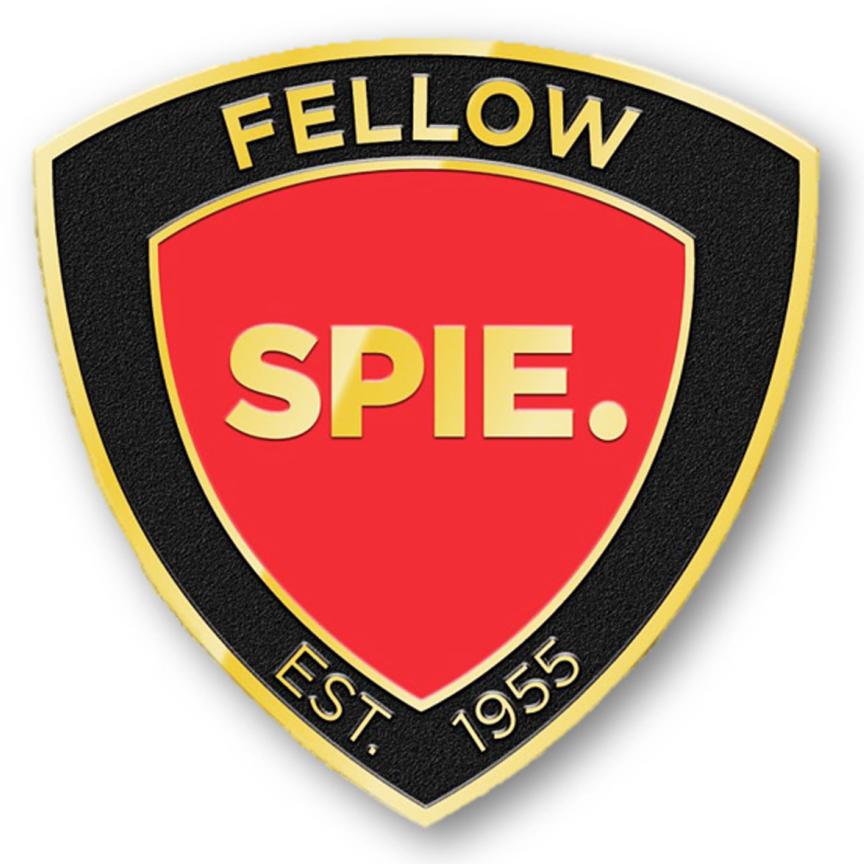E2v high-performance imaging sensors were launched into space on board NEOSSat, a Canadian microsatellite mission to discover and determine orbits of near-earth objects (NEOs) that cannot be efficiently detected from the ground.
NEOSSat will circle the globe once every 100 minutes, scanning the area near the Sun, to pinpoint asteroids and comets that orbit in the inner part of the Solar System and then monitor their trajectories. The microsatellite will also sweep the skies, performing research on satellites and space debris as part of Canada’s commitment to keeping orbital space safe for everyone.
NEOSSat is jointly funded by the Canadian Space Agency (CSA) and by Defence Research and Development Canada (DRDC), an agency of the Department of National Defence. The imager on board NEOSSat consists of two e2v CCD47-20 sensors.
They have a mid-band coating for optimum quantum efficiency and use a frame transfer system for faster readouts of captured images, allowing e2v to avoid using a shutter. The detector arrays are comprised of 1024 x 1024 pixels with a 13 µm pitch, making it ideal for monitoring orbital space.
Jon Kemp, marketing manager of high performance imaging at e2v, said: 'NEOSSat will play an unique role in understanding how to efficiently monitor orbital space and e2v’s high-performance imaging sensors are key to this process.'


